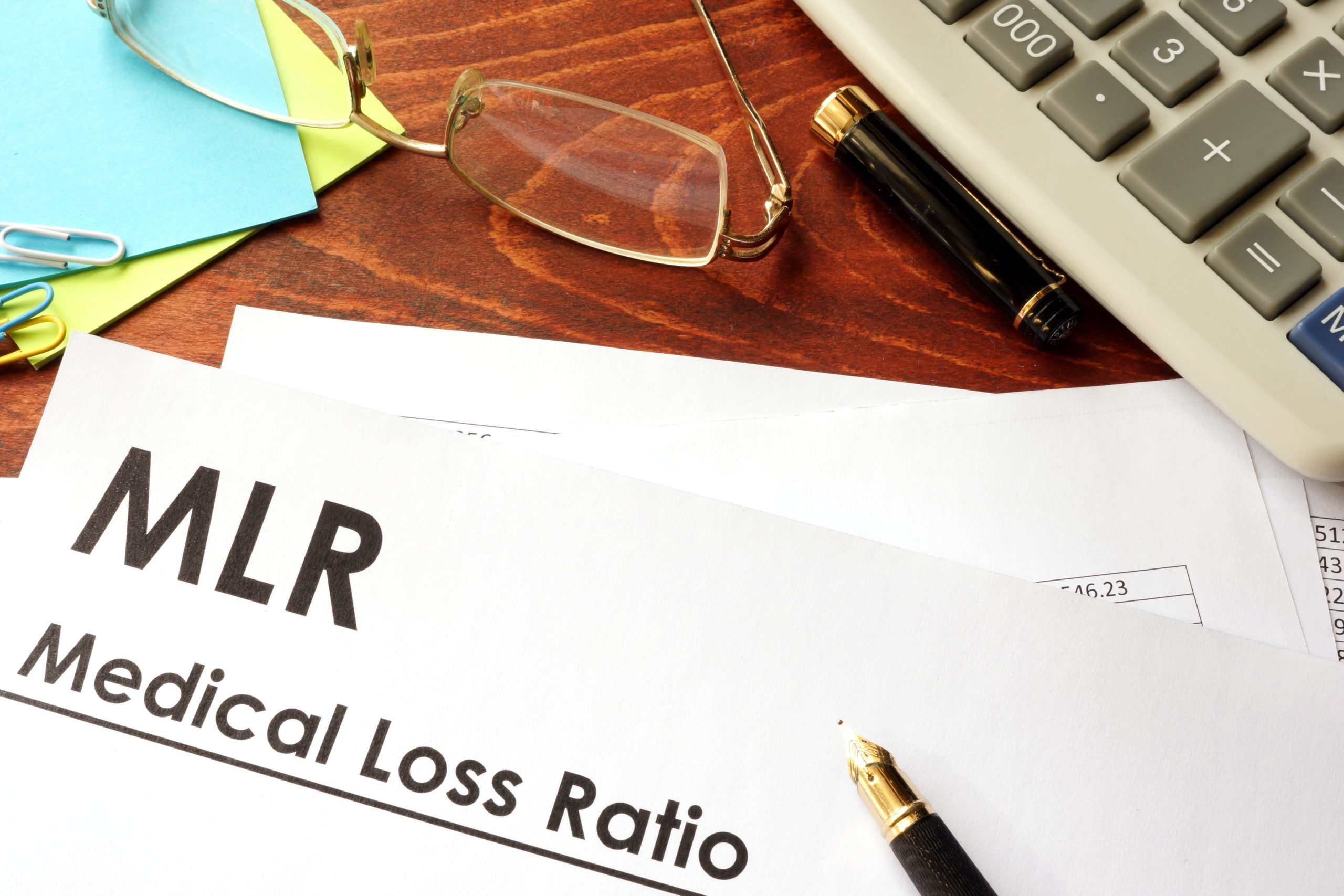How Employers Should Handle MLR Rebates
The Affordable Care Act (ACA) established medical loss ratio (MLR) rules to help control health care coverage costs and ensure that enrollees receive value for their premium dollars. The MLR rules require health insurance issuers to spend 80-85% of premium dollars on medical care and health care quality improvement, rather than administrative costs.
Issuers that do not meet these requirements must provide rebates to consumers. Rebates must be provided by September 30 following the end of the MLR reporting year. For the 2020 reporting year, issuers are required to pay rebates by Sept. 30, 2021.
Employers that expect to receive rebates should review the MLR rebate rules and decide how they will administer the rebates. For assistance with rebates, please contact your Central PA Benefit Solutions representative.
Overview
The ACA requires health insurers to spend a minimum percentage of their premium dollars, or MLR, on medical care and health care quality improvement. This percentage is:
- 85% for issuers in the large group market; and
- 80% for issuers in the small and individual group markets.
Effective Dates
The MLR requirements became effective for issuers in 2011.
- Issuers must report their MLR data to HHS by July 31 following the end of an MLR reporting year.
- Rebates must be provided by September 30 following the end of the MLR reporting year.
LINKS AND RESOURCES
- On Dec. 1, 2010, the Department of Health and Human Services (HHS) issued interim final regulations implementing the ACA’s MLR requirements.
- The Department of Labor (DOL) issued Technical Release 2011-4 (TR 2011-4) to explain how ERISA’s fiduciary duty and plan asset rules apply to MLR rebates.
Download the full PDF here – How Employers Should Handle MLR Rebates
Stay Informed
Join our newsletter to stay up to date on all of the latest news. We will never email you more than twice month and we are sure you’ll find our communication valuable.




